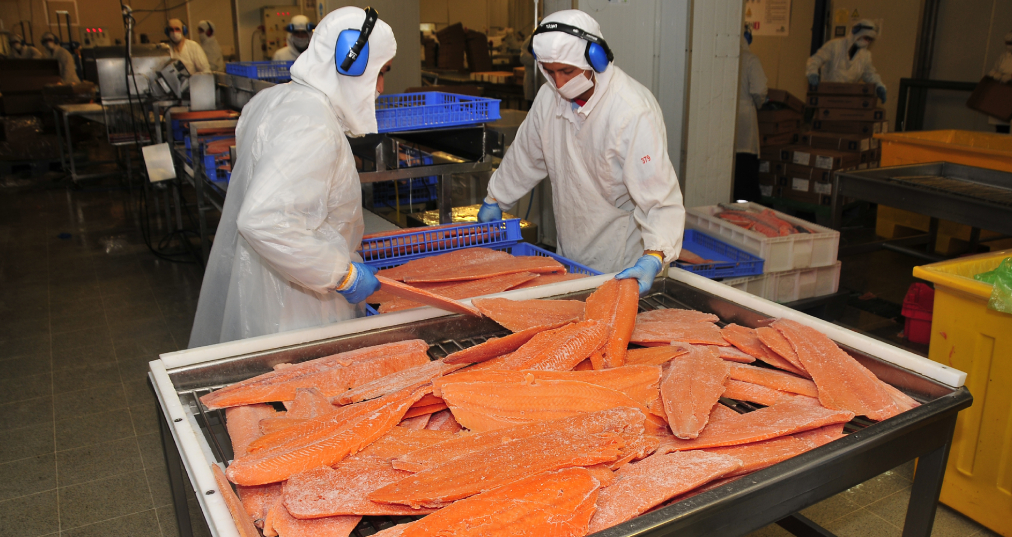Chile and Norway were the two largest exporters of salmon in the world in 2024.
Both nations accounted for 55.6% of world exports of salmon fillets.
Globally, external sales of Pacific, Atlantic and Danube salmon fillets totaled $10.973 billion in 2024, according to WTO data. They include fresh, chilled and frozen fillets.
Salmon exporters in the world
While exports of these fillets from Chile totaled US$3,124 million, foreign sales from Norway were US$2,980 million.
Chile ranks among the world’s 10 largest producers of capture fisheries. Its fishery products represent the third largest export item, behind only mining and fruit products.
Most of the exported value comes from aquaculture. Salmon leads in this segment. The remainder comes from capture fisheries.
In parallel, Norway maintains a dominant export profile. More than 95% of its fishery and aquaculture production goes abroad. According to the authorities, 59% goes to the European Union, 8% to the United States and 5% to China. In the case of salmon, the proportion going to the European bloc is even higher: 65 percent.
Norway continues to be among the world’s leading fishing nations. In fact, it ranks second in the world as an exporter. In 2024, fisheries and the fish industry contributed 2.0% of GDP and 1.1% of employment. Fishery exports totaled US$16 billion. This is equivalent to 9% of the country’s total exports and 25% of non-oil exports.
The following are the world’s largest salmon exporters in 2024, in millions of dollars:
- Chile: 3,124.
- Norway: 2,980.
- Sweden: 868.
- Netherlands: 837.
- Poland: 779.
Aquaculture
Norway’s fisheries sector encompasses both commercial fishing and aquaculture. In recent years, sales of farmed fish have shown strong growth. The volume increased by 20%, driven mainly by salmon, rainbow trout and brown trout. These species account for almost all of the country’s aquaculture production.
In addition, the value of these species increased by two-thirds. On the other hand, the value of catches in the open sea increased by about 50%. However, the total catch volume remained stable for a while. Subsequently, it recorded a drop in 2023.
Despite the growth in value, the number of fishing vessels has decreased. The same has occurred with the size of the active fleet. This reflects a structural transformation in Norwegian fishing activity.

